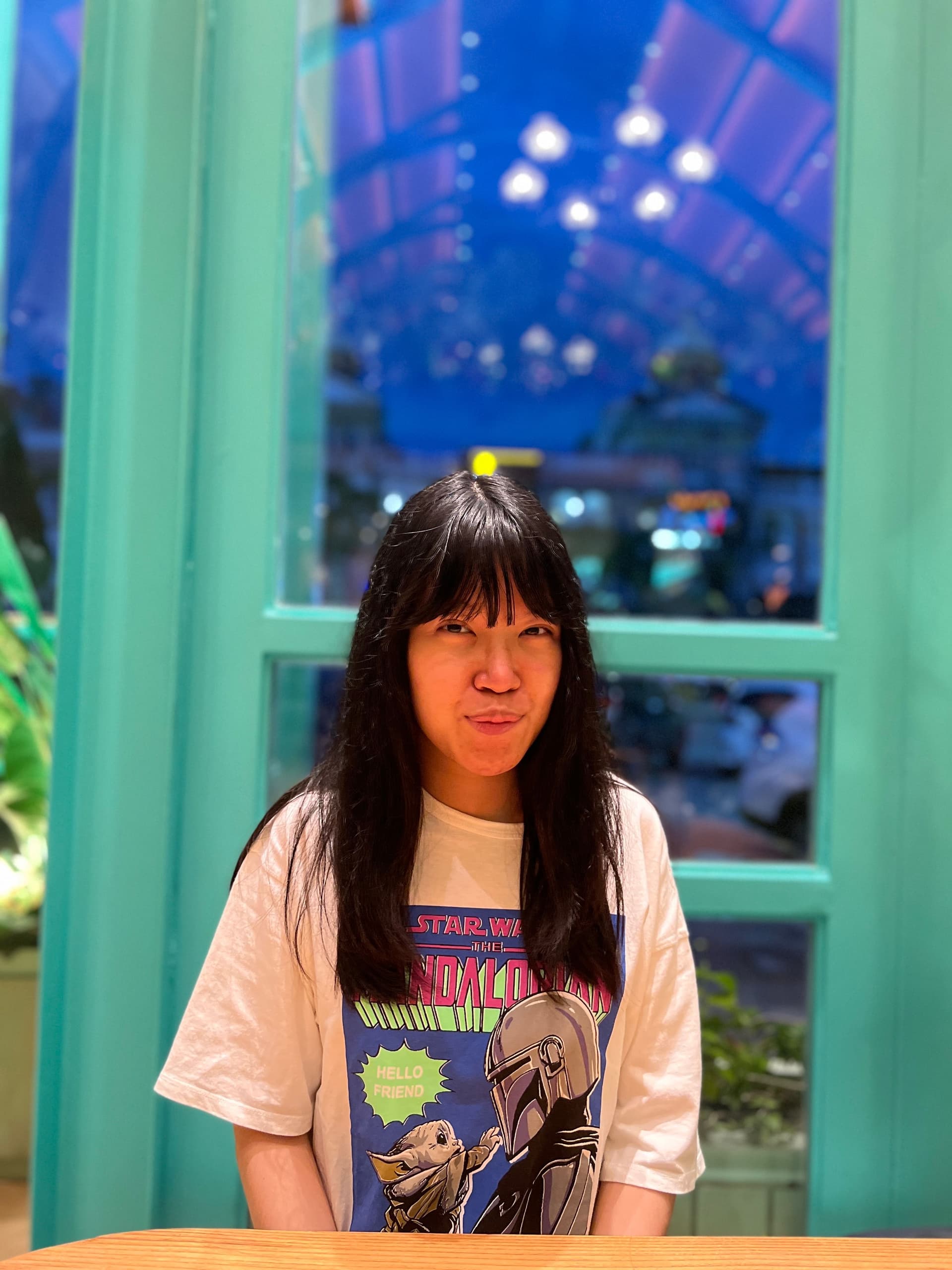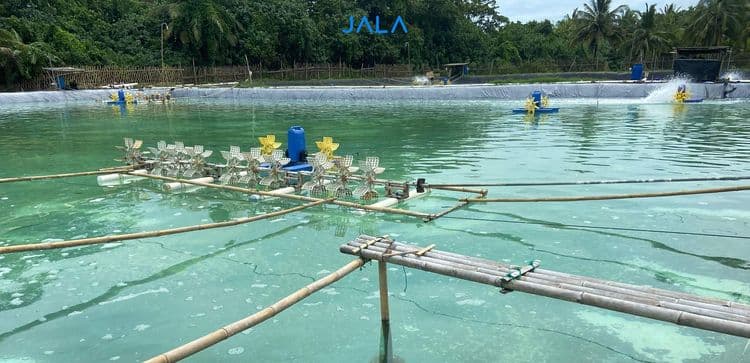
The preparation of vannamei shrimp farm area is an important step that farmers need to take before starting cultivation for the first time or before entering the next cycle. Preparing a suitable shrimp farm will lead to a conducive ecosystem for shrimp growth throughout cultivation until harvest.
What are the steps in shrimp farm preparation that farmers need to know? Check out the full explanation in this article!
Contents
Related ArticlesLogin to Read the Full Article
Use your Jala account to read this article. If you don't have an account, please register on Jala App.





